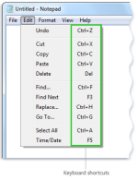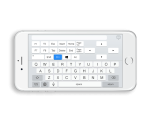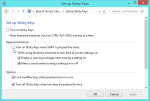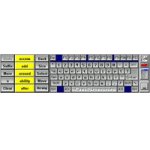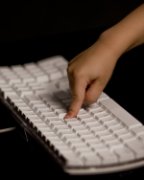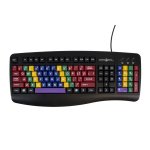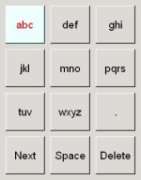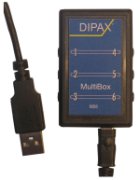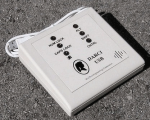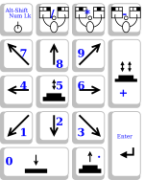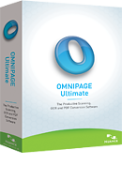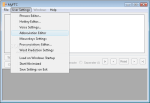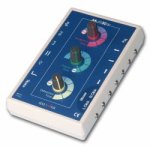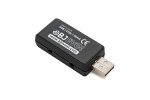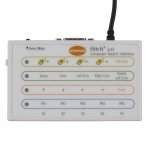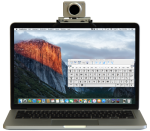Classic Search
47 Results
Too many results? Try adding more terms above—or use one of our other search options: Guided Shopping, Find Similar Products, Power Search.
Note: Changing any of the the sort, count or discontinued filters below will cause the page to reload.
Operating System
Mini keyboards—usually without a numeric keypad.
Some operating systems make it possible for the user to define which features can be accessed via keyboard commands, and what key patterns can be used.
A custom computer interface controller with four to sixteen programmable keys for specialized commands with addressable backlighting in a compact, low profile footprint.
Software to turn a mobile phone or tablet into a set of wireless mouse, trackpad and keyboard that control a computer. It is designed for one-hand use, intuitive operation and voice recognition.
Onscreen keyboard for users with movement restrictions. It is customizable in size and spacing of keys, has word prediction, only uses a single click or hover mode, and a deluxe version for special keys and scanning mode. Custom requests are also taken.
Slow Keys is a keyboard feature that instructs the keyboard to ignore brief or repeated keystrokes. When you use the this feature, you can slow the rate at which a key repeats when you hold it down.
My t-soft is an onscreen keyboard available in QWERTY, ABC and Dvorak versions.
Sticky Keys allow users to press multi-key combinations one key at a time. For example, a user can perform "control, alt, delete," by pressing each individually. This allows users with limb differences and other impairments to perform various keyboard commands more easily.
Change whether or how fast key presses repeat when a key is held down.
The LessonBoard is a standard-size QWERTY, computer keyboard with a patented color-coded by finger layout to show correct finger placement, help reduce the chance of forming bad keyboarding habits, and improve precision and speed.
VarioUltra is a braille display that supports multiple simultaneous connections to your computer and mobile devices via 1 USB and 4 channels of Bluetooth.
A disambiguation system that has a (number pad) keyboard as its input method. It works in a similar way to 'predictive text' on a mobile phone.
A device that makes it possible to operate a computer using external switches only, including single switches, foot switches, eyelid switches, etc.
The Darci USB is a Morse code based computer access device.
RapidKey provides you with a new Windows functionality. This software autocompletes text phrases and autoexpands shorthands in any Windows applications.
Mouse Keys uses the numeric keypad to move the mouse pointer.
An optical character recognition program that can convert different types of documents, such as paper, PDF files or images, into editable and searchable files.
The Jumbomausmini and Jumbomausmaxi are two versions of the same mouse simulator suitable for all people who have problems with normal mice.
A keyboard and mouse emulation program for Microsoft Windows-based and Macintosh computers.
My Freedom To Communicate (MyFTC) is Assistive Technology (AT) software that uses text-to-speech technology to enable nonverbal individuals to communicate easily in real life situations.
The Launcher6 application can be used as a simple interface for launching programs, a simple electronic speech aid, or as a multimedia game spinner.
A button interface for people with a physical disability that connects to their computer via the USB port.
This switch adapter allows connection of up to two switches to a computer USB port and to use them with different applications that offer scanning access.
Hitch 2 is a plug-and-play USB computer switch interface with inputs for up to five switches or one joystick with a 9-pin D plug. When used with switch accessible software, users are able to control their computer, actively learn, and have fun.
HeadMouse replaces the standard computer mouse for people who cannot use or have limited use of their hands.


